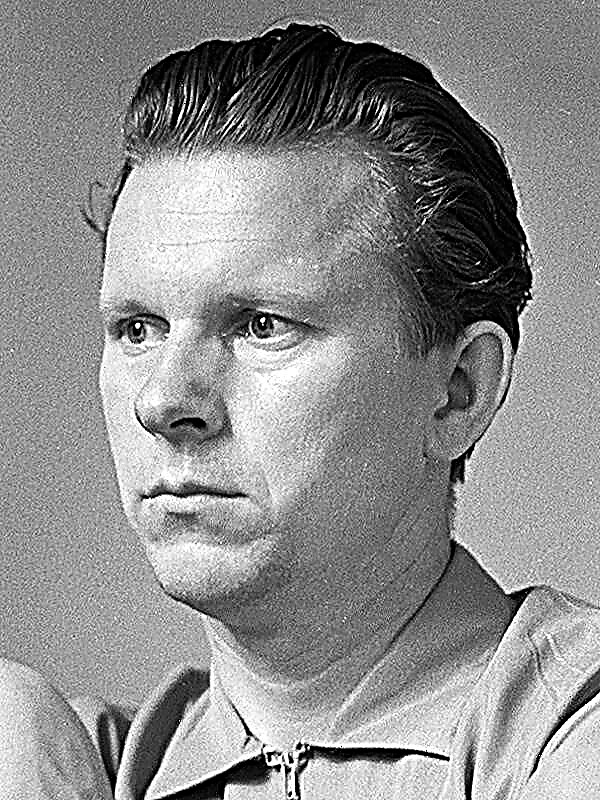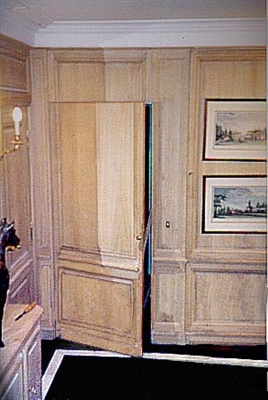Introduction
Life is a constructor, a combination of parts and processes that we can question, change and exclude. And create something new and original. Aisha Bersel, a twenty-year-old industrial designer whose work is exhibited at the New York Museum of Modern Art, will show you how to do it. You will go through four stages, discover your hidden abilities and talents and build the life of your dreams. Go ahead. Create your new life.
At the beginning of work on the book, Aisha received a message from a friend and mentor Ralph Kaplan, author of the bestselling book “Using Design”:
Dear Aisha, there is no "design" in life. There is only a “redesign”.
Ralph greatly influenced AIChE's life from the first day they met - she was then twenty-four. His words seemed very true to Aisha. Yes, you have to redo your life. True, now you will have an understanding of the whole process and the necessary tools.
Life, like the tasks of the designer, is full of limitations: time, money, age, place, circumstances
Sometimes “I want” and “I must” are the exact opposite (for example, you want to go on vacation, but you have to earn money). Creative approach - the ability to combine these opposites. For example, earn money on vacation.
Thinking like a designer means:
- think positively;
- put yourself in the place of others and look at the world from their point of view;
- see the big picture;
- cooperate with others - it gives new ideas;
- always ask yourself “what if ...” and take the answers seriously.
The process developed by AIChE involves four steps.
- Deconstruction - divide the whole into parts.
- Point of view - we look differently.
- Reconstruction - connect back.
- Expression - give shape.
As a result, a unique lifestyle is formed.
The deconstruction of even very familiar things helps us fight prejudice and see things from a whole new angle. As an industrial designer, you have no right to take for granted what has come before you. Why limit yourself to someone else's ideas if you can offer a better solution?
Turning restrictions into opportunities helps you think outside the box. Think about the limitations in your life. Can you take it as an advantage? This will be the starting point of your creative process.
Metaphor is one of the most powerful tools in your arsenal. We use metaphors to move from the present to the future.
Chapter 00. Warming Up
I start every new project with drawing. I learned this at the school of design. This is something like a signal to the right hemisphere: wake up!
Chapter 01. Deconstruction
Divide the problem into as many parts as needed to solve it. Rene Descartes
The first step is the division into components in order to realize them individually, without leaving any links between them that inevitably affect our opinion. The degree of difficulty is reduced, and the task is divided into subtasks, which are easier to cope with. But if you divide something into parts, then you cannot assemble them as it was before.
Do you know such a game when someone says, for example, “apple”, and you name the first thing that comes to mind - green, red, Steve Jobs, New York, charlotte? There are no wrong answers in this game. So it is here. Let the answers just come to mind, do not try to evaluate them.
Divide your life into four quadrants: emotional, material, intellectual and spiritual aspects.How balanced is your life? Is there freedom in all quadrants?
Chapter 02. Point of View
There is nothing bad or good in this world. There is only our attitude to anything. William Shakespeare
The ability to consciously change the angle of view is the main element of creativity. Having decomposed your life into its components, you probably realized that you want to get rid of something. Everyone has flaws, conflicts, weaknesses. Here it is, the essence of life design: to preserve what we like; get rid of what is not needed; to transform that which we cannot change into that which can be applied to good.
When Japanese designer Issy Miyake created a new collection of travel clothing, he turned pleats - an inevitable evil and a limitation for all travelers - into an element of special fabric. Clothing from his innovative Pleats Please collection is ironing-free, fits perfectly and fits perfectly. So he turned the restriction into an opportunity.
Who are your heroes? Write their names and qualities that appeal to you. Now that you have listed your heroes ... cross out their names and write your own, as if their qualities are yours. And values too. In life, much can change, but our values remain unchanged. This is the basis of the design of our life.
Metaphors are AIChE's favorite creative tool. They seem to send them on a magical journey away from the subject of interest, but in fact - deep into its essence. With their help, you can explore details that otherwise you will not notice. They simplify everything.
Come up with a metaphor for your life today. She will be the starting point. For example, Aisha’s life is a hive. Come up with a metaphor for your tomorrow's life. She will become your vision. For example, for AIChE, the future is a jetpack.
Take a look at both metaphors at the same time and imagine how you get from today to tomorrow. Write down the first steps along the way.
Chapter 03. Reconstruction
In the third stage, you need to put everything together again. This is the opposite of deconstruction. Now you need to choose the key ingredients of your life: what to save, eliminate, change. The design of your future life depends on your choice.
During the reconstruction you need to make a choice. You cannot get everything. That's why there are only three intersecting circles on your reconstruction map, representing a small, manageable set of options. What you enter into these circles will become the skeleton of your new life. A reconstruction map turns a metaphor into choices, sharpenes thinking and helps focus on the essentials.
Chapter 04. Expression
Happiness is not a ready-to-eat product. It is generated by your actions. Dalai Lama
Write yourself a letter about the life you love. Send a letter using the form on the FutureMe website, choosing the date you want to receive it.
Describe your insights, limitations and opportunities that you saw after the reconstruction. Indicate your heroes and the values they remind you of. Then go on to the metaphors that describe your present and future life. List the components of a future life that you have chosen in the emotional, physical, and intellectual fields. Share with yourself your conclusions, next steps, and argue why this is so important to you.
Make a to-do list for the life you love. Include long-term and short-term business, serious and fun. Write the manifest of your life. It will become a public statement of your beliefs and goals.
Write a haiku in Japanese style expressing the idea of your life - 3 lines, 17 syllables according to the scheme 5-7-5. Or any three lines in your style. Here is the haiku Aisha wrote for herself: "All the colors of knowledge / Master craftsman on canvas / Lays day after day."
Until you do, everything seems impossible. Nelson Mandela
The next stage is to live the life you love. But first, you need to perform some typical design tasks.These are modeling, training, collaboration, visualization and prototyping. Creating new designs often requires new skills. Think about where and how to master them.
Prototyping is the creation of the most realistic working model, its testing and improvement. Try to live in a new city for two weeks before moving to it completely; attend classes in the evenings before leaving work and devote yourself fully to studies; to do something in their free time to understand whether a hobby can feed their family; live with a partner without getting married to see if you will be together all your life.
Bravo! You applied design methods and tools to take a different look at your life. Remember: design is a continuous process, and improvements come about through ongoing practice. But the best way to master it is to train another. Help your friends build their new life!


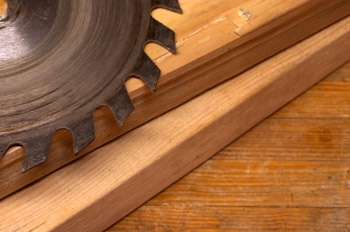
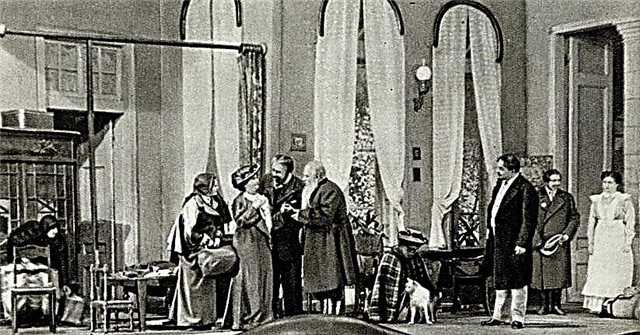
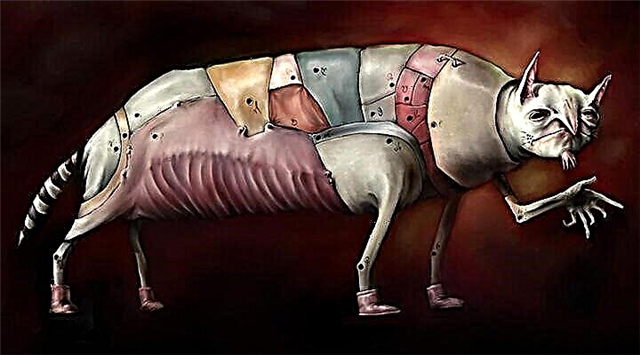



 How to solve the five main problems of the team
How to solve the five main problems of the team